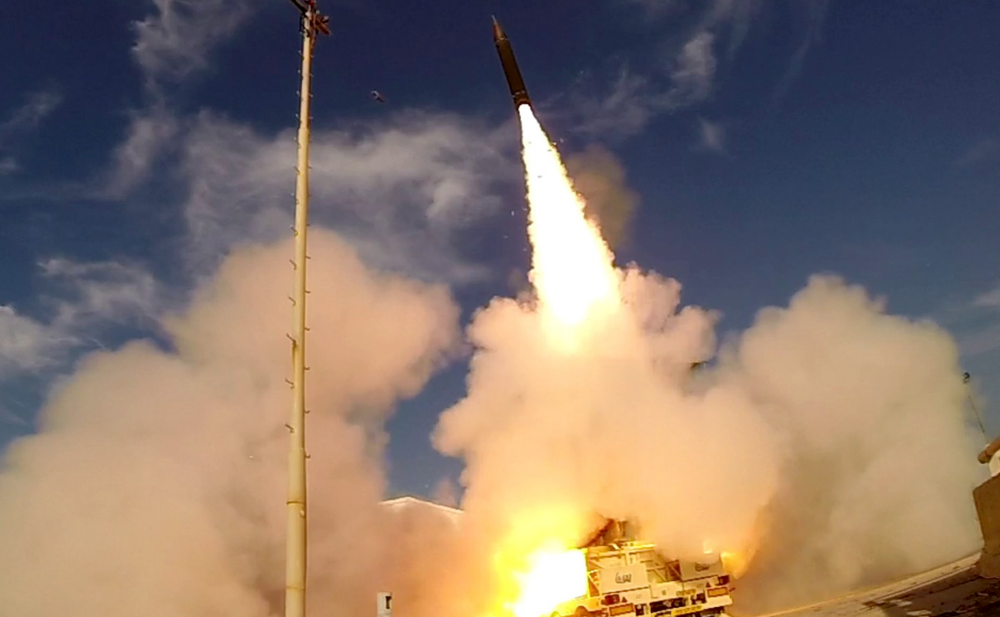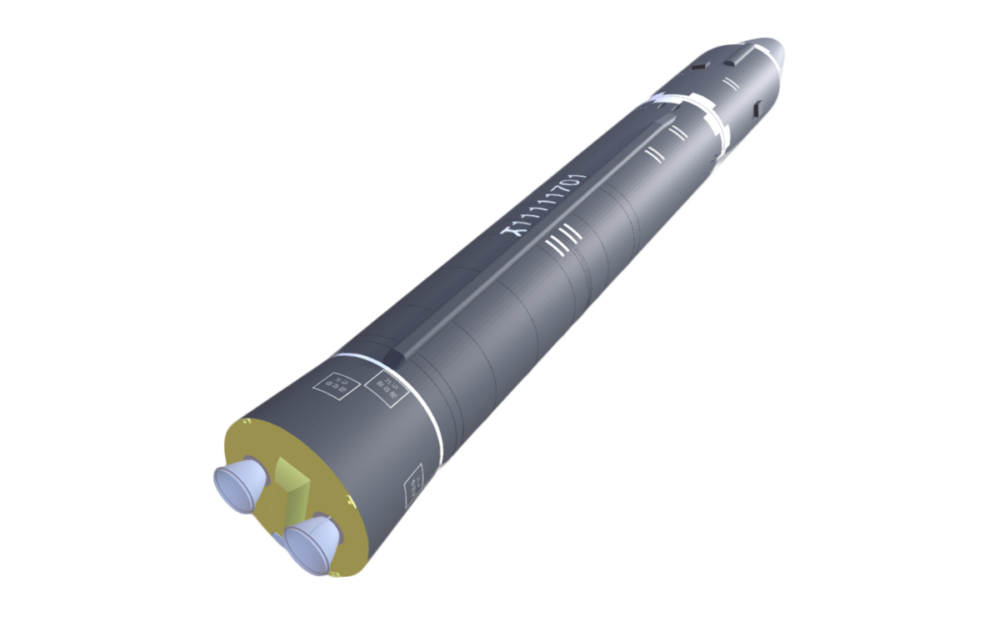The CNS Global Missile Defense Engagements Database
Part of The CNS Missile and SLV Launch Databases

The James Martin Center for Nonproliferation Studies (CNS) created the first publicly available global dataset of all known missile defense engagements for the Nuclear Threat Initiative (NTI) in order to better understand tests, operational uses, and the overall state of missile defenses worldwide today. This dataset of missile defense engagements includes both tests and instances of combat use. 1
Users can also view additional infographics and read expert analysis of the database. In addition to the searchable Tableau viz below, the full dataset is available in Excel format (download the database).
In order to focus on modern missile defense interceptors, the database uses the following methodology to determine what is included and how intercept attempts are coded:
- Most modern missile defense interceptors are hit-to-kill systems that use kinetic energy to destroy incoming nuclear warheads. Therefore, interceptors with hit-to-kill or explosive warheads are included, while tests of nuclear-armed interceptors or directed energy weapons are excluded.
- The dataset only includes engagements that involved another missile, either as a target or as a real threat. Test interceptors against “virtual” targets or points in space, as well as operational launches in error, are excluded.
- Only missile defense systems capable of intercepting missiles capable of carrying a 500 kg payload or travelling at least 300 km or more are included. In cases where a system was tested at least once against a missile of this type, other tests and operational uses, such as against satellites or short-range missiles, were also included.
- An “engagement” is defined as an attempt to destroy a single missile – either in a test or in combat. In general, we recorded whether the intercept was announced as a success. Cases where multiple interceptors were fired against a single missile were counted as a single engagement. As long as one of the interceptors successfully intercepted the target missile, then the entire engagement was recorded as a success.
- Combat engagements are evaluated along two separate metrics. First, this database records what the state conducting the intercept claimed. The engagement is marked as “successful” as long as the state conducting the intercept claimed it was successful. Second, we record our attempt at verification (“assessed intercept outcomes”) using technical reports or other publicly available evidence. In cases where we cannot complete this verification, we mark the claimed intercept outcome as “unverified.”
Both tests and operational uses of missile defense systems are frequently conducted in secret. The full details of these events may not be released for years or at all. As such, this dataset may update existing entries as new information becomes available and there may be delays in adding recent tests as information is analyzed.
Media inquiries about the database or accompanying graphics can be directed to Jessica Varnum at [email protected] or Michael Duitsman at [email protected]. Graphics created by CNS’s Shea Cotton, Jeffrey Lewis, David Steiger, and Jessica Varnum. Graphics are free to use/embed by media with the credit: “Created by the James Martin Center for Nonproliferation Studies for the Nuclear Threat Initiative.”
Explore the Collection
The CNS North Korea Missile Test Database
Understanding North Korea’s Missile Tests
The CNS Iran Missile and SLV Launch Database
No, Iran Is Not Pursuing an ICBM (Yet)
The CNS India and Pakistan Missile Launch Databases
Cruising for a Bruising: How Cruise Missiles Are Threatening Norms Between India and Pakistan
Your are currently on
The CNS Global Missile Defense Engagements Database
The Global Missile Defense Race: Strong Test Records and Poor Operational Performance
Stay Informed
Sign up for our newsletter to get the latest on nuclear and biological threats.
More on

The CNS North Korea Missile Test Database
A collection of missile tests including the date, time, missile name, launch agency, facility name, and test outcome.
Overview of The CNS Missile and SLV Launch Databases
View interactive visuals, analysis, and data on ballistic missile and SLV launches by North Korea, Iran, India, and Pakistan.
Understanding North Korea’s Missile Tests
North Korea has altered its missile testing patterns, launching missiles more frequently and from a variety of new locations. What does this mean? (CNS)
Sources
- This includes both “Category I” and “Item 19” missiles under the Missile Technology Control Regime guidelines. For more information, see: Missile Technology Control Regime (MTCR) Equipment, Software and Technology Annex, MTCR/TEM/2017/Annex, October 19, 2017.
